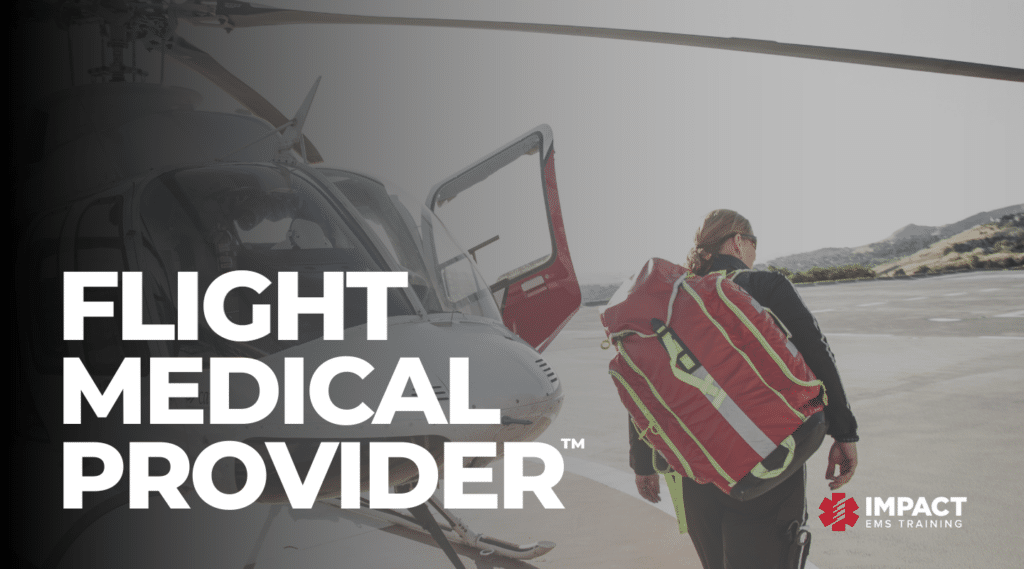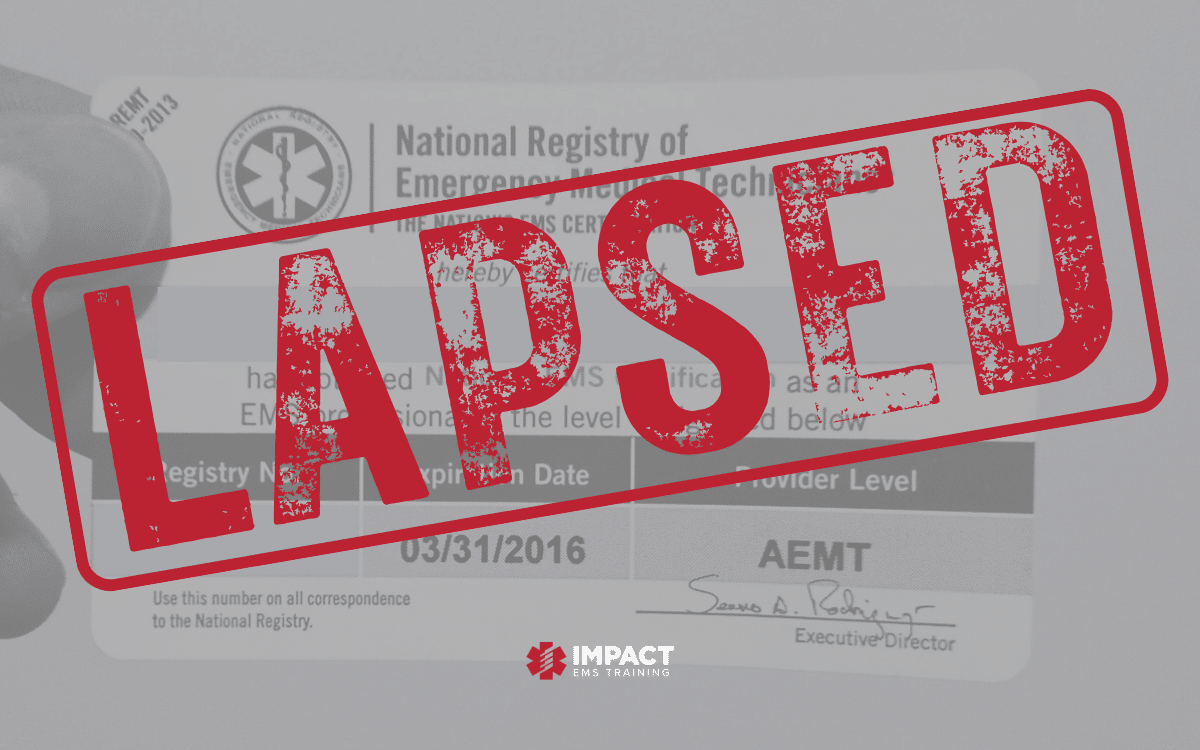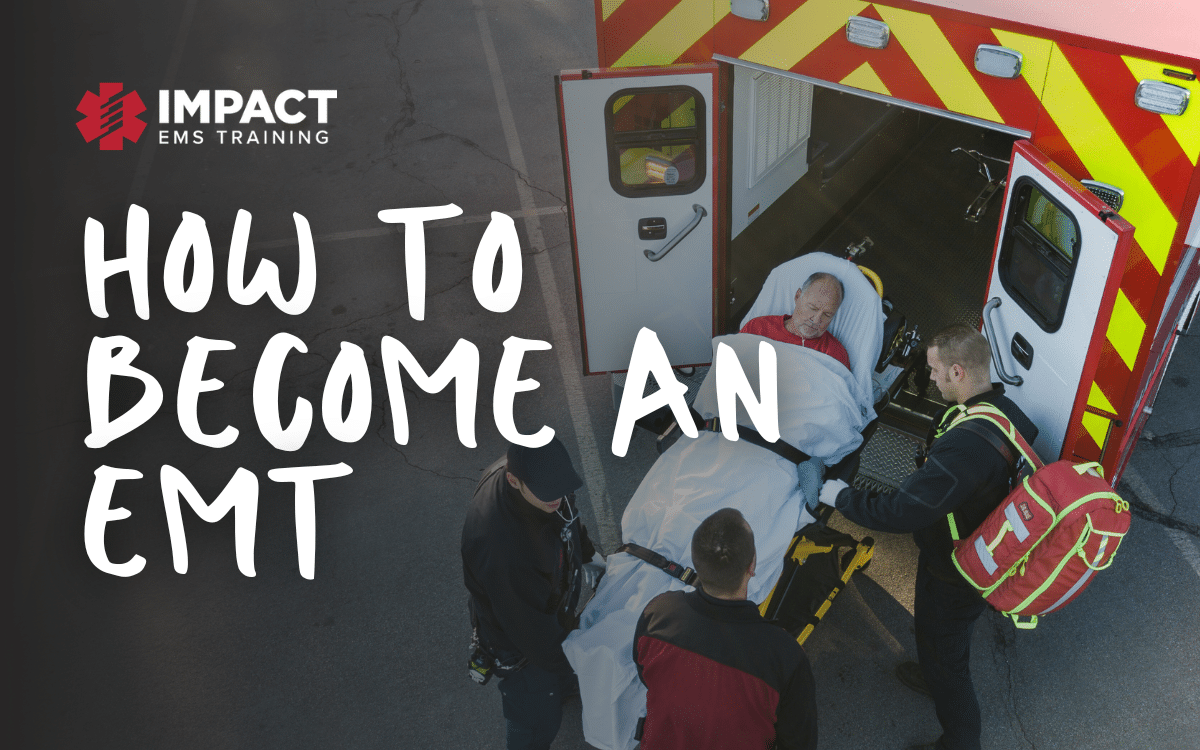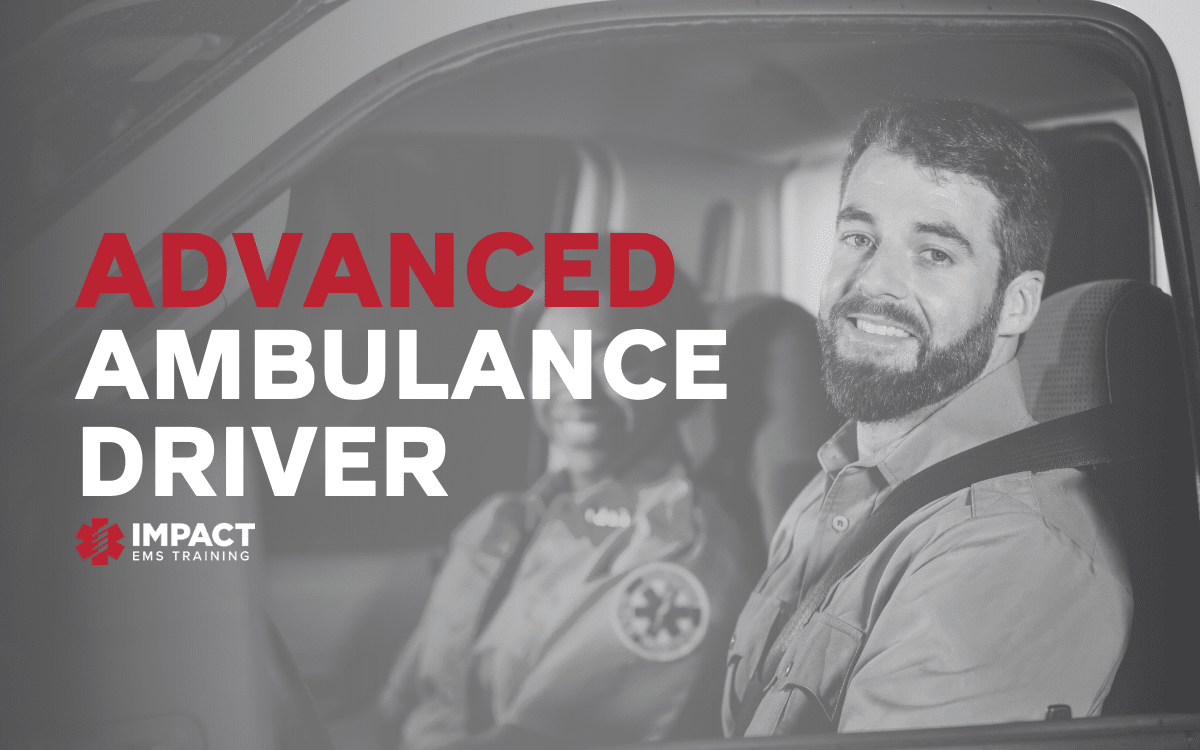Stay and Play
We’ve all had those critical patients: the ones circling the drain when we show up who bring the “pucker factor.” As EMTs and paramedics, our first reaction is to “grab and go” and get that patient to the familiar environment of our ambulance. It makes sense, right? That’s our office, all of our equipment is there. If we can get to that little box, only there can we stand between the Reaper and our patient. We couldn’t be more wrong.
Why do we have bags? Whatever you call them: “First in bags”, “go-bags”, it doesn’t matter. But we bring them in on calls, right? Why? Because the bags have our equipment too! We can use that equipment and get our critical patients stabilized before we move to our ambulance. We need to be stabilizing our patients prior to moving them because sometimes, the movement to the ambulance is all it takes to send them over the edge. Enter: SADS.
SADS
SADS, or Sudden Ambulance Death Syndrome, is a term I first heard from my previous medical director, Dr. V. (I know that’s not really what SADS stands for, but the mnemonic stuck with me). He described it as a patient coding as soon as they stood up because you either didn’t assess for or treat their massive STEMI; or as a patient that you helped to the stretcher, but by the time you get to the ambulance, you’re doing CPR. We’ve come a long way from being “stretcher fetchers” who drove a hearse and only transported people. Evidence for years teaches us that patients do better if we get care started sooner. That means care should start at the “couch-side.”
We can stabilize a hypotensive patient or provide immediate O2 therapy to our “breather” patients. We don’t have to fix the problem, just keep them from deteriorating until we can get to the ambulance and transport. When I teach students about our “first-in bag” I say, “This bag doesn’t have everything, but it has everything we need for 5 minutes. Then you can bring whatever else you need for your patient.” My poor partners over the years have all gotten really good at running to the truck to grab extra equipment.
The problem is that we tend to under-triage what classifies as a “life-threat.” Diaphoresis, pallor, and confusion are all indicators of shock, but we have to do a little digging to confirm that suspicion. An unresponsive patient may need their airway secured, their hypoxia corrected, or their cardiovascular status improved (think ABCs or MARCHE). I know that for the first while of my career “life threat” only meant not breathing or major bleeding in my head. After a few negative outcomes and “oh crap!” moments, I realized that I needed to expand what I saw as a life threat.
On the other hand, sometimes a rapid transport is the only choice you may have on a 911 ambulance. Most of us can’t do anything to correct a stroke or deliver a baby in the breech position. In those cases, “load and go” is still our best option.
Stabilization
Like I said, we don’t have to fix the problem or even get the patient to an asymptomatic point. We just have to get them to a point where we’re not concerned that they’re gonna die soon. I don’t need my STEMI patient to be pain-free before we move, but I do need them to be as hemodynamically stable as I can get them. That frees me up to perform other interventions en route and allows the doctors some time to perform meaningful interventions.
My favorite line in my protocol book is “If, at all possible, the patient should be stabilized prior to moving.” That simple line lets us all know that our medical director wants us to use our skills and really be EMTs and paramedics. He doesn’t want us to be cookbook “diesel therapy” medics for every call (though sometimes, diesel therapy can be the right call). He wants us to be clinicians, and I think we all want that, too.
Impact EMS offers accredited certification and refresher courses in one trusted location. Fully prepare for certification exams and maintain licensure with skill building credits.





